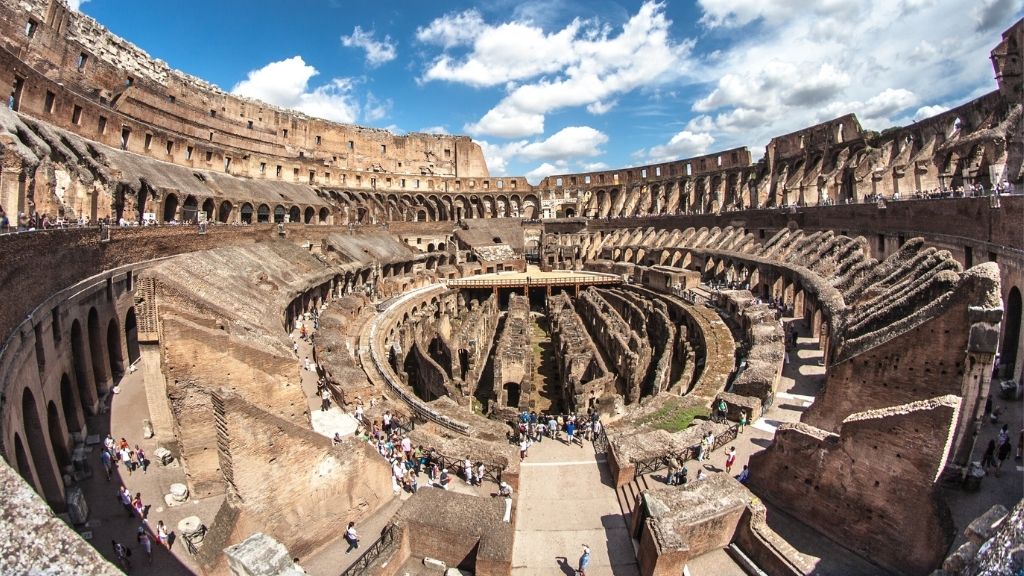Rome's Colosseum, site of violent gladiator battles, to get new high-tech floor

Rome's ancient Colosseum, the famous arena where gladiators and wild animals once clashed in violent combat, will soon have a new retractable floor built over its center.
"You will be able to walk on it and go to the center of the Colosseum, seeing it in the same way as visitors used to up to the end of the 19th century," the Italian Culture Minister Dario Franceschini said at a press conference on Sunday (May 2), Reuters reported. Archaeologists removed the last arena floor in the early 19th century, in order to excavate and restore the network of secret tunnels below, and the floor was never fully replaced, The Guardian reported.
The Ministry of Culture just granted a $22.2 million (18.5 million euro) contract to the Italian engineering firm Milan Ingegneria to design the new floor, and announced that the project should be completed by 2023. The 32,300-square-foot (3,000 square meters) floor will be made of hundreds of wooden slats that can be rotated to let light and air into the chambers below, BBC News reported.
Related: See photos of the combat sports played in ancient Rome
This network of underground tunnels and chambers, called the hypogeum, once held wild animals, slaves and criminals before their battles commenced on the floor above, according to Smithsonian Magazine. Pulleys, elevators and ramps allowed the organizers of the games to lift the gladiators and animals into different areas of the arena, surprising spectators and building suspense during the games.
Soon, the new floor will be able to shield the hypogeum from inclement weather, while also allowing the city to host cultural events at the amphitheater.
"The arena will be used for high culture, meaning concerts or theater, but no gladiator shows," archaeologist Alfonsina Russo, director of the Colosseum and the associated archaeological park, told The Times in December 2020.
Sign up for the Live Science daily newsletter now
Get the world’s most fascinating discoveries delivered straight to your inbox.
"It's another step forward toward rebuilding the arena, an ambitious project that will aid the conservation of the archaeological structures while getting back to the original image of the Colosseum," Franceschini said on Sunday, according to BBC News.
Originally published on Live Science.

Nicoletta Lanese is the health channel editor at Live Science and was previously a news editor and staff writer at the site. She holds a graduate certificate in science communication from UC Santa Cruz and degrees in neuroscience and dance from the University of Florida. Her work has appeared in The Scientist, Science News, the Mercury News, Mongabay and Stanford Medicine Magazine, among other outlets. Based in NYC, she also remains heavily involved in dance and performs in local choreographers' work.









